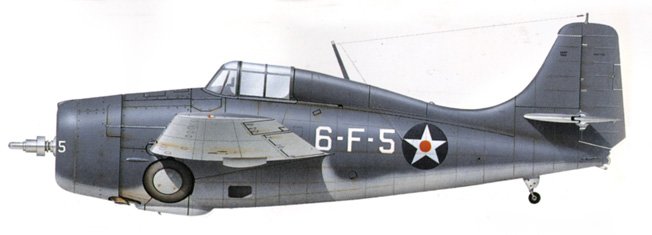
Zero Fighter
Japanese Suicide Attacks at Pearl Harbor and Beyond
by David Alan JohnsonThe deliberate crashing into enemy targets by Japanese aviators did not begin at the Battle of Santa Cruz Islands. Read more

Zero Fighter
The deliberate crashing into enemy targets by Japanese aviators did not begin at the Battle of Santa Cruz Islands. Read more

Zero Fighter
Seventy-five years ago this month, the pivotal battle of World War II in the Pacific occurred in the waters surrounding an otherwise obscure atoll, Midway, roughly 1,300 miles from Pearl Harbor, where American involvement in the conflict had begun so suddenly just six months earlier. Read more

Zero Fighter
The fading daylight of August 6, 1942, found the American heavy cruisers Astoria and Chicago as part of Task Force 61, under the command of Vice Admiral Jack Fletcher, steaming toward the South Pacific island of Guadalcanal. Read more

Zero Fighter
From an altitude of 30,000 feet, the swift Japanese reconnaissance aircraft flew high over Saipan and Tinian, photographing the brisk and extensive engineering effort under way on the American airfields far below. Read more

Zero Fighter
Lieutenant Tom Bronn glanced anxiously at the fuel gauge on his Grumman TBF Avenger torpedo bomber. He had been aloft for almost four hours, engaged in a hectic combination of trying to locate Japanese ships he knew to be in the Philippine Sea, diving down to unleash his four bombs at a carrier as dusk enveloped his aircraft, and then embarking on a desperate search for his own carrier, the USS Lexington, in the darkness. Read more

Zero Fighter
Most Americans were surprised by the Japanese attack on pearl Harbor, but the military had known that war with Japan was inevitable. Read more

Zero Fighter
Lieutenant Harold Gilson Payne, Jr., was one of the first Americans to die at Iwo Jima. He did not fall in the carnage of the Marine invasion that began on February 19, 1945. Read more

Zero Fighter
April 1, 1945, was Easter Sunday and April Fool’s Day. It was also the day the U.S. Army and Marine Corps launched Operation Iceberg, their massive amphibious assault on the Japanese island of Okinawa. Read more

Zero Fighter
The 13,000 ton Independence-class aircraft carrier USS Princeton, which was commissioned on February 25, 1943, quickly became known as the “Fighting Lady.” Read more

Zero Fighter
The Grumman F4F Wildcat is usually described as chunky, “square,” squat, or stubby—not exactly adjectives that suggest grace or elegance. Read more

Zero Fighter
Allied fortunes were at a low ebb as strategic British and American bases fell like ninepins to the Japanese across the Far East in the early months of 1942. Read more